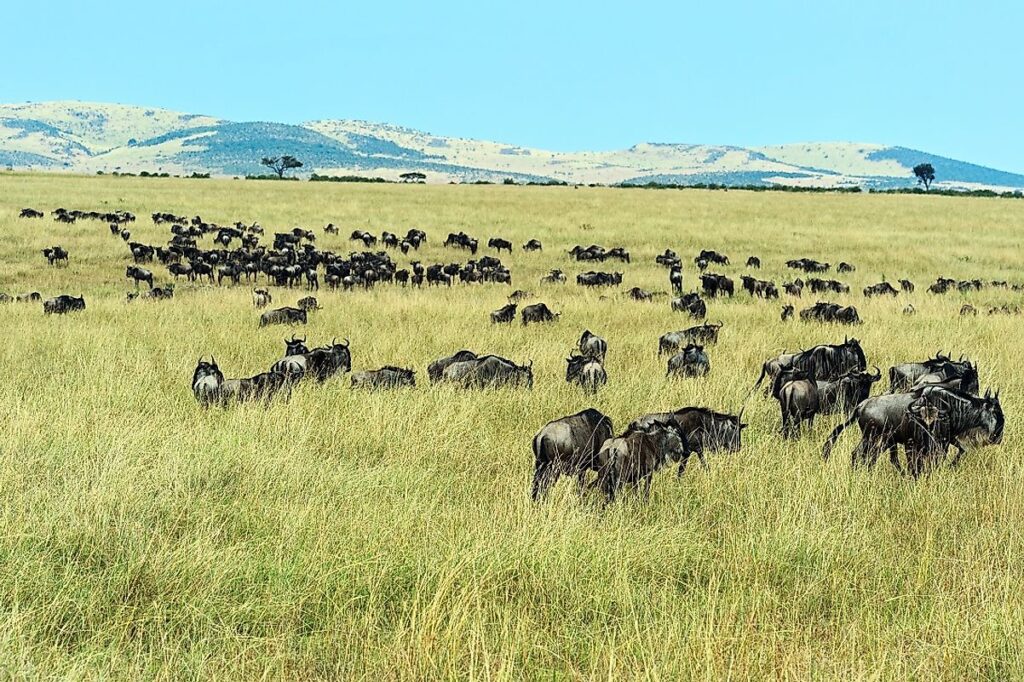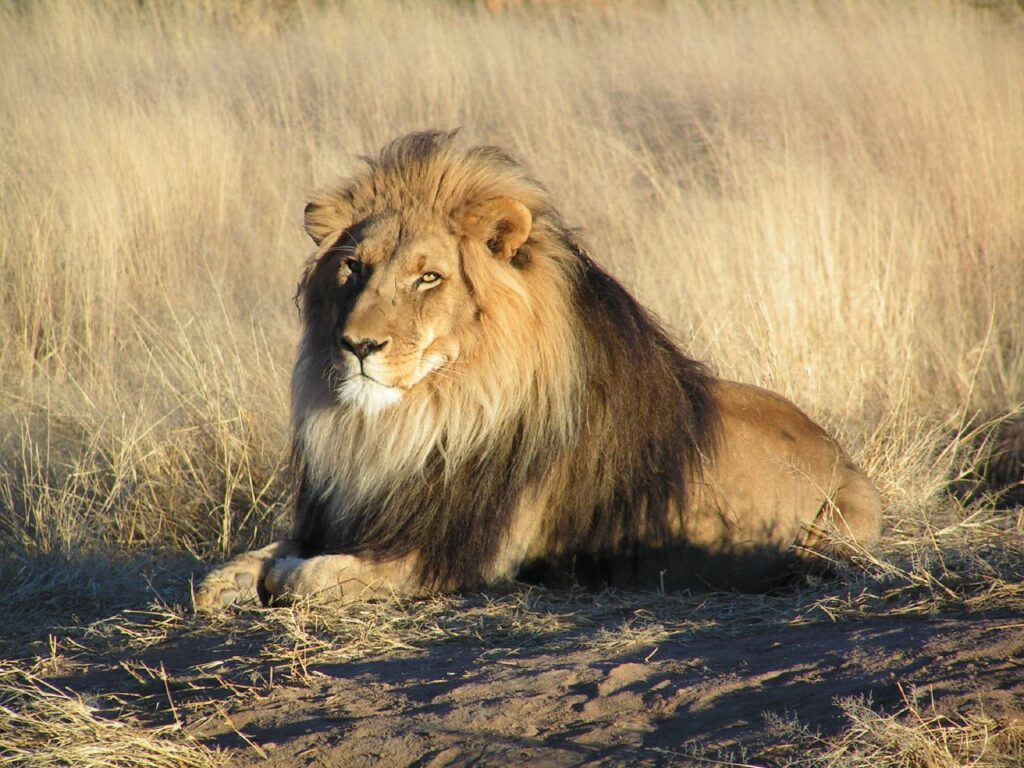“The survival of our wildlife is a matter of grave concern to all of us in Africa… In accepting the trusteeship of our wildlife, we solemnly declare that we will do everything in our power to make sure that our children’s grandchildren will be able to enjoy this rich and precious inheritance. “
– JULIUS NYERERE – FIRST PRESIDENT OF TANZANIA 1964 – 1985

The Serengeti National Park harbors the largest unaltered animal migration in the world, with over 6 million hooved animals, and those are mostly gazelles and zebras that graze over 1,000 kilometers long of grasslands (2).
Did you know the Serengeti National Park harbors the largest and diverse populations of predator-prey interactions, making the ecosystem balance as the diversity grows tremendously (5)? Moreover, the Serengeti has four of the most globally threatened or endangered animal species: black rhinos, cheetah, elephants, and African wild dogs (5).
The Serengeti National Park is sustainably and carefully maintained, with their high-quality tourist experience for humans in all developments and areas (8). Buildings in the parks must be unobtrusive and waste disposal is carefully controlled as all human activity is monitored and strictly regulated (8).
Although like the rest of the world, the Serengeti National Park is also massively affected by the climate crisis. Through the mass depletion of the ozone layer from CO2 emissions in the atmosphere, the Serengeti National Park faces that dramatic consequences of drastic weather patterns and wildlife depopulation due to the pollution and weather patterns. In other areas of the world, there is severe drought, flooding and natural disasters. However the Serengeti National Park is safely taken care of and continuing the ecological development of nature and wild animals in wild places.


